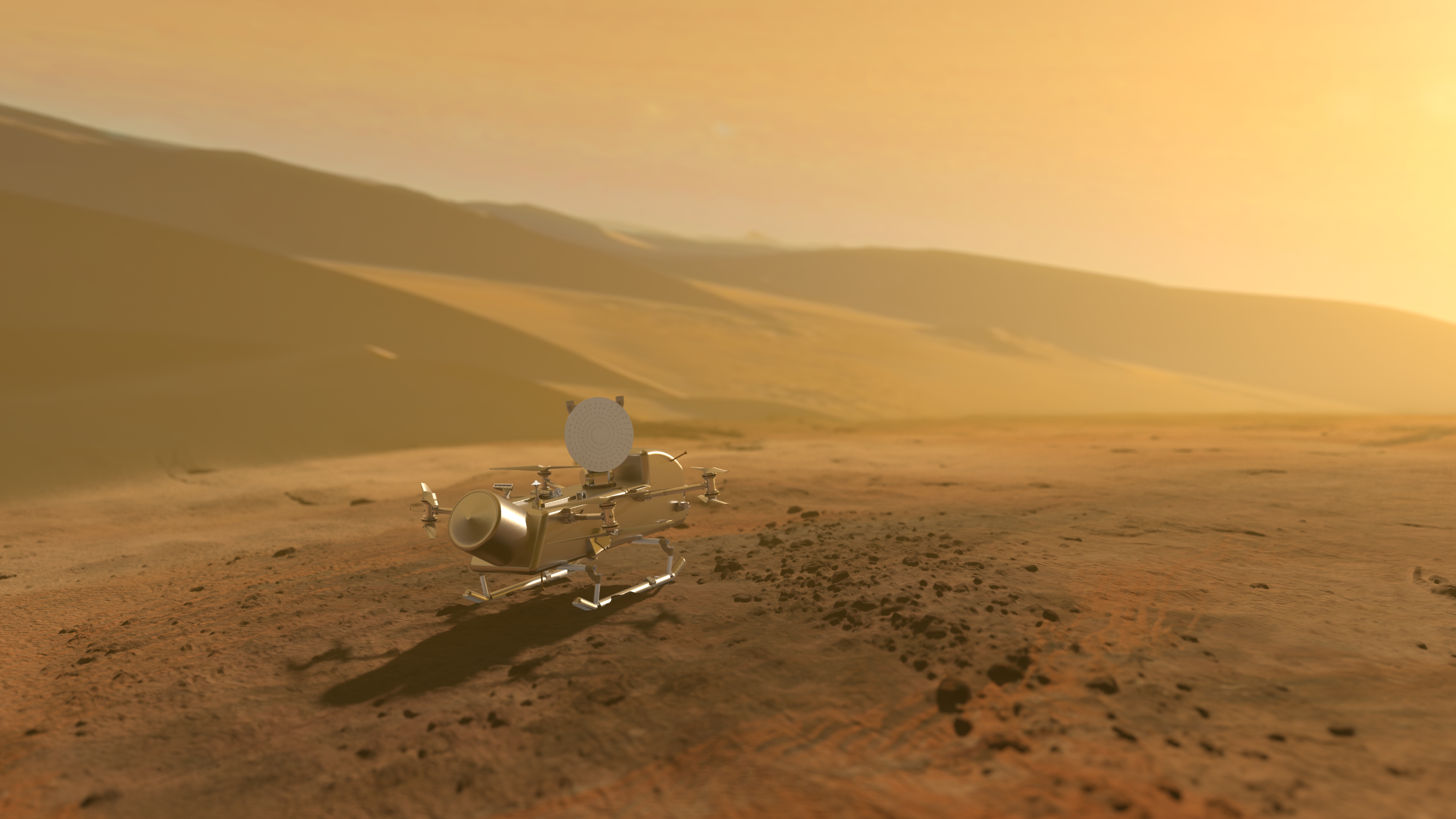5 min read
The most recent spacecraft telemetry was acquired on May 3 from the Deep Space Network tracking complex at Canberra, Australia. The Cassini spacecraft is in an excellent state of health and all subsystems are operating normally. Information on the present position and speed of the Cassini spacecraft may be found on the "Present Position" page at: http://saturn.jpl.nasa.gov/mission/presentposition/.
Wednesday, April 27 (DOY 117)
Orbit Trim Maneuver (OTM) #282, an apoapsis maneuver scheduled for Apr. 29, was cancelled today. A two second bias in the time of closest approach at Titan 76 would have been required in order to make OTM-282 large enough to be executable. By waiting until OTM-283, scheduled for May 5, to make the target correction, the required time bias is smaller and the orbit determination uncertainties decrease, leading to a more accurate flyby. The delta-V cost of canceling OTM 282 was very small.
Port 3 products were due today as part of the S69 Sequence Implementation Process (SIP). The products will be merged and sent out to the flight team for review.
The Instrument Operations System (IOS)/Multi-Mission Image Processing Laboratory (MIPL) Cassini version 39.1 software delivery was approved to go operational at the Delivery Coordination Meeting (DCM) today. This delivery included multi-mission updates to the password server, enhancements and new capabilities for the Cassini Solstice Mission (CSM), bug fixes, and documentation updates. Transition to operations is scheduled for May 11.
A DCM for Acelog V1.0, the replacement software tool for the operations log, was held this week. Installation of Acelog into operations will occur within the next couple of weeks.
The Downlink Ground System (DGS) team resolved all major Java Distributed Object Manager (DOM) issues. Java DOM Testing with the legacy Andrew File System (AFS) volumes will occur within the next three weeks prior to transitioning the DOM fully to the Network File System (NFS) next month.
Thursday, April 28 (DOY 118)
Dozens of John Muir High School students in the Business, Arts and Media, and Engineering and Environmental Science Academies were treated to an informative, entertaining, and educational field trip to JPL today where they individually shadowed a JPL scientist or engineer, toured the campus, and learned about preparing for college. Several Cassini team members participated in this event, taking their students to meetings and exposing them to work performed at JPL. For more information on this event, link to:
http://altadena.patch.com/articles/muir-high-students-check-out-jet-propulsion-laboratory.
Friday, April 29 (DOY 120)
The Cassini Magnetospheric and Plasma Science (MAPS) workshop was held April 27-29 in Annapolis, MD. Approximately 90 scientists attended, reporting results on topics including Saturn's rotational modulation, Saturn's aurorae, magnetospheric interactions with icy satellites including the Enceladus plume and Titan, and magnetospheric dynamics.
Port 1 products were due today as part of the S70 SIP. The products will be merged and sent out to the flight team for review on May 2.
Saturday, April 30 (DOY 121)
Today at 2011-120T06:14:51, the Cassini power bus high rail shifted from a voltage of 20.7 V to 28.8 V and the bus low rail shifted from -8.9 V to -0.5 V. A voltage reading of zero on the low rail would indicate that it was directly shorted to the chassis. The Radioisotope Thermoelectric Generator (RTG) case voltages also shifted at that time - RTG1: 8.0 to 7.5 V, RTG2: 5.9 to 2.6 V, RTG3: 7.9 to 1.3 V. This is very similar to an incident that occurred on Aug. 18, 2006. All spacecraft systems will still see a total of 30 V across the rails and no spacecraft performance issues are expected as a result. No corrective action is required.
Monday, May 2 (DOY 123)
The monthly teleconference with the Project scientists was held today. Topics of discussion covered instrument team reports on current activities including the MAPS workshop, recent Ion and Neutral Mass Spectrometer (INMS), Radio and Plasma Wave Science (RPWS) and Magnetospheric Imaging Instrument (MIMI) team meetings, and media activities surrounding the publication of recent and upcoming journal articles of interest.
Tuesday, May 3 (DOY 124)
In this week's science observations, the Magnetometer (MAG) performed an 8 hour calibration with the spacecraft rolling about its X-axis. The Cosmic Dust Analyzer (CDA) performed a couple of 15 hour interstellar dust observations, followed by one 37.5 hour interstellar dust observation. The Visual and Infrared Mapping Spectrometer (VIMS) and the Composite Infrared Spectrometer (CIRS) made a long 15 hour observation of the E and G rings to get grain size measurements. The Imaging Science Subsystem (ISS) performed another observation in its Satellite Orbit Campaign, making measurements of Methone, Telesto, Janus, Calypso, Prometheus, Pandora and Polydeuces. Ending this week's observations was the Cassini Plasma Spectrometer (CAPS) team performing a 13 hour low latitude observation to map out compositional and temporal variations in the magnetosphere.
In the last week, twelve VIMS cubes were generated and distributed. Since Approach Science began in Jan. 2004, 118,330 VIMS cubes and 243,371 ISS images have been received. Last week ISS was commanded to read out the heap & stack memory; the data will be used to help explain the problem causing the instrument to warm-start during Instrument Expanded Block (IEB) loads.







